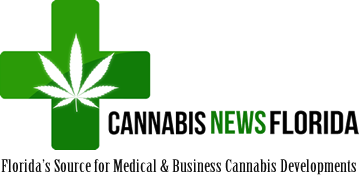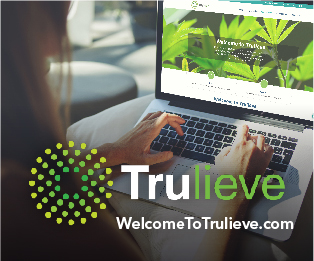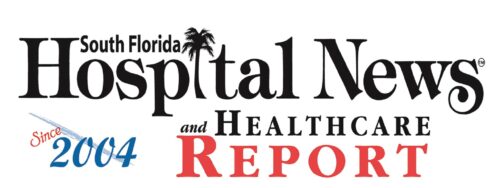
By Holly Bell
I want you readers to ponder a scenario where you are sick, perhaps terminal. You have a prescription from your doctor for medication that will improve your quality of life dramatically. You go to the pharmacy to get your prescription filled only to be told it is not available and they have no idea when it will be available. You end up waiting for four years.
The end of August brought a mixed bag of reactions and questions when the OMMU released emergency rules for edibles with no notice to the industry. So, what were those questions and reactions? NOTE: FDACS is directed by statute to oversee the edibles portion of the Medical Cannabis program with DOH/OMMU. The Food Safety Division of FDACS finished their rules and they were adopted in March. This meant the MMTCs could have their edibles kitchen inspected and permitted by FDACS’ Food Safety Division, so when the OMMU finally did their edibles rules, they could immediately start making edibles.
• First reaction: Finally!! We have waited for years. Patients need this form of Medical Cannabis. Especially the very sick. So how soon will this be available for patients? The MMTCs have been proactively trying to prepare for this event. Four of the twenty-two MMTCs had their edibles kitchens permitted in March or April, and the rest are quickly following. Products appeared for sale in MMTCs as soon as the first week of September, and many anticipate a full roll out of numerous products by early November.
• What took so long? Due to the infancy of the industry, finding qualified, experienced professionals is challenging. Most programs are created by state employees with little to no cannabis knowledge and experience. Our Florida program seemed to start getting forward movement in the first quarter of 2020. Rolling out a new state program is not an easy task, especially a cannabis-based one. There are regulatory challenges at the federal and state levels, numerous agencies with conflicting policies that must be considered, and cannabis can be a highly emotional topic which brings out many opinions.
• What can be made and sold?
– Shapes must be: (including the three-dimensional form of each shape): Square; Circle; Rectangle; Triangle; Parallelogram; Oval; or Diamond.
– Forms must be: Lozenges are a hard edible that is held in the mouth and slowly dissolved. Gelatins are a semi-translucent edible made with water-soluble protein derived from collagen, or a plant-based alternative. Baked goods are an edible comprised of dough or batter baked in an oven by the MMTC. Chocolates are a solid edible made of milk chocolate, dark chocolate, or chocolate substitute such as carob. Chocolates may not contain any caramel, nougat, nuts, fruit, honey, marshmallows, or any other such ingredient, toppings, or fillings. And Drink Powders are an edible comprised of powder which is combined with a fluid for consumption as a beverage by a qualified patient.
– Servings must be: In the case of multi-serving edibles, each single serving portion must be physically distinct or clearly marked or delineated in a way that enables a reasonable person to determine the portion of the entire edible that constitutes a single serving. If the single serving portion is not physically distinct, it must be easily separable to allow the qualified patient to physically separate, with minimal effort, the single serving portion. And a single serving portion of an edible shall not exceed 10 milligrams of tetrahydrocannabinol. A multi-serving edible shall not exceed a total of 200 milligrams of tetrahydrocannabinol.
– Universal Symbol: Edibles shall be marked with the universal symbol, unless impractical.
• What is not allowed: MMTCs shall not produce or dispense any edibles that contain any color additives, whether natural or artificial, or contain or bear a reasonable resemblance to commercially available candy. Such as, if the product is similar in appearance to an existing candy product that is familiar to the public as a widely distributed, branded food product, such that the edible could be mistaken for the branded product, especially by children. Bear any markings, symbols, images, graphics, or words, other than the universal symbol. Are decorated with icing, sprinkles, or other toppings of any kind. Are a primary or bright color. Edibles shall be produced in a manner to minimize color intensity and other color and visual characteristics attractive to children.
• Prohibited ingredients: Meat, poultry, or fish. For purposes of this rule, gelatin is not considered meat, poultry, or fish. Anything other than marijuana oil and ingredients that meet the definitions of “food” or “food additive” in s. 500.03, F.S. Any additive that increases potency or toxicity, or any psychoactive substance (e.g. nicotine, alcohol, and caffeine).
So, edibles are here. Albeit under an emergency rule which can be changed, but they’re here. Munch only as directed.
To review the Emergency Rule, visit https://www.flrules.org/gateway/ruleNo.asp?id=64ER20-33. Holly Bell is the Director of Cannabis, State of Florida.










